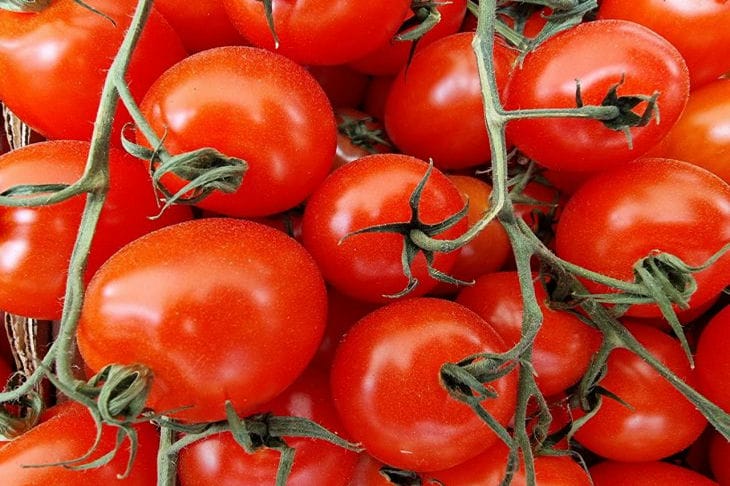Why do you need to add eggshell powder when planting tomato seedlings in beds and greenhouses?
Tomato seedlings planted in a timely and correct manner tolerate stress quite easily, adapting to new conditions in a greenhouse, hothouse or garden bed in a short time.
Grown in greenhouse conditions, strong and squat tomatoes are planted after the threat of recurrent spring frosts, typical for the second half of spring, has completely passed.
Seedlings are planted in closed structures several weeks earlier, since they can regulate the temperature during night-time cold spells, says Anastasia Kovrizhnykh .
Eggshells are a time-tested filler for adding to planting holes for tomato bushes.
To improve the mineral nutrition of tomatoes, experienced plant growers add crushed eggshells to each planting hole, which are rich not only in calcium salts, but also in valuable microelements.
It is calcium that is responsible for the processes of formation of healthy tissues in the above-ground parts of plants.

This macroelement is involved in the construction of new cells and also helps to increase the resistance of seedlings to adverse external factors, including diseases and pests.
A sufficient amount of calcium in the soil prevents the development of a non-infectious disease - blossom-end rot of tomatoes.
A lack of macronutrients leads not only to the mass appearance of fruits with apical rot, but also to their cracking at the final stage of ripening.
Calcium deficiency is especially noticeable in hot weather and dry periods when there is a lack of moisture in the soil. That is why adding egg ash to the planting holes for tomatoes is a very effective way to improve the development of plants at the rooting stage.
In addition to tomatoes, ground shells from chicken, quail, goose and duck eggs can be added to planting holes for seedlings of cucumbers, onions, peppers, eggplants, basil, celery, petunias and all types of cabbage.
How to Properly Add Eggshells to Garden Beds
The dried shells should be ground thoroughly. The finer the grinding, the better the nutrients are absorbed by the roots of the seedling bushes.
For each hole, 1 heaped teaspoon of eggshell powder is required. The raw material is simply added to the holes and lightly mixed with the fertile soil in the hole.
When planting, deepen the seedling bushes by three internodes. Excess true leaves (three lower leaf blades, not cotyledons) should be cut off.
This simple technique allows you to significantly increase the number of suction roots already at the stage of adaptation of seedlings in a new place and significantly increases the yield of tomatoes.
Adding calcium fertilizers after rooting of seedlings in beds and greenhouses
And since calcium is actively absorbed by tomatoes at the beginning of the growing season, the first root feeding of plants is carried out with this element.
Top dressing of tomatoes during the first hilling with calcium nitrate and liquid manure has proven itself to be effective.
This liquid organo-mineral fertilizer provides plants with calcium nitrate and helps strengthen the cell walls of all tissues.
In a standard bucket of lukewarm water (10-12 l), dilute 0.5 kg of liquid manure (a half-liter jar) and 20 g of calcium nitrate (1 matchbox). The working solution is applied under the roots of the bushes on damp soil (after scheduled watering) at a rate of 0.5-0.6 l per plant.
The calcium and manure top dressing is repeated after 2 weeks. For subsequent top dressings, use fertilizers with a predominance of potassium, which is responsible for the processes of formation and ripening of fruits.
According to reviews from advanced tomato growers, correct and, most importantly, timely application of fertilizers after transplanting tomato seedlings into the beds allows you to increase the yield of your favorite nightshade crop by up to 50%.
May you have a good tomato harvest in your garden plot this season!
Earlier in Antalya they decided to check a hotel that charged for the difference in nationality.
